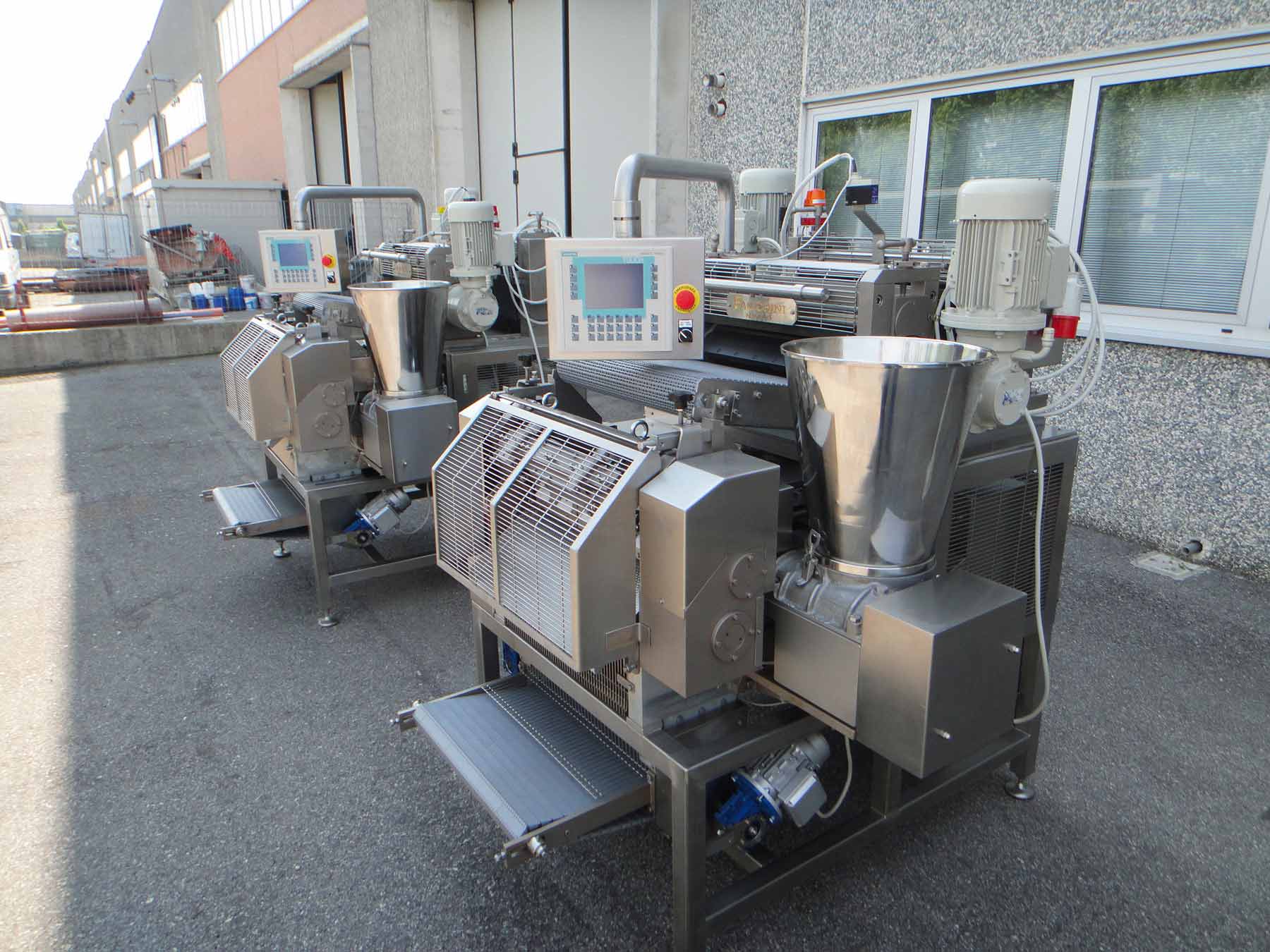Introduction to Screen Printing
Screen printing, also known as silk screening, is a time-honored method of printing images, designs, or texts onto various surfaces—including textiles, paper, glass, and plastics. Among these applications, custom screen printed shirts stand out for their cultural, artistic, and practical value.
The process of screen printing dates back over a thousand years, with origins in ancient China during the Song Dynasty. It was further developed and popularized in Japan and later brought to Europe in the 18th century. By the 20th century, screen printing had become a widely adopted method for creating custom apparel, especially T-shirts.
At its core, screen printing involves pressing ink through a stenciled mesh screen to create a printed design. Each color in the design requires a separate screen. Despite the rise of digital printing, screen printing remains a preferred method for custom shirts due to its durability, vibrancy, and scalability.
The Making of a Custom Screen Printed Shirt
The process of producing a custom screen printed shirt involves several steps, each requiring precision and expertise:
- Design Creation
The first step is to create or finalize the design. This often involves separating the artwork by color since each color will be printed individually. - Screen Preparation
A mesh screen is coated with a light-sensitive emulsion. Once dry, the design is transferred onto the screen by exposing it to light through a film positive. The light hardens the emulsion except where the design blocks it. The unhardened areas are washed away, leaving a stencil of the design. - Ink Application
Ink is applied to the screen and pushed through the mesh onto the fabric using a squeegee. This process is repeated for each color layer, often using a different screen for every color. - Curing and Finishing
The printed shirt is then heated (cured) to set the ink and ensure durability. After cooling, the shirts are inspected, folded, and prepared for distribution.
This method is valued for its ability to handle large print runs with consistent quality, which is one reason it’s frequently used for events, uniforms, and merchandise.
Cultural and Social Significance
Custom screen printed shirts are more than just garments. They are tools of expression, identity, and belonging. Over the decades, they have been used in a range of cultural contexts—from political protests and musical movements to sports fandom and fashion trends.
In the 1960s and 70s, for instance, T-shirts became popular vehicles for political messaging and self-expression. Bands began selling screen printed shirts as part of their merchandise, embedding music into fashion. The DIY aesthetic of screen printing also became a symbol of rebellion, especially in punk and streetwear cultures.
Today, custom printed shirts are still widely used for similar purposes. They serve as uniforms for employees, symbols for social causes, or mementos for weddings, reunions, and local events. The ability to produce shirts in small batches has enabled even individuals and small communities to tell their stories visually and tangibly.
Environmental and Ethical Considerations
With the popularity of custom printed apparel comes a responsibility to consider its environmental and ethical impact. Screen printing traditionally uses plastisol inks, which contain PVC and can be harmful to the environment if not handled properly. Water-based inks and eco-friendly alternatives have gained popularity, offering less toxic and more biodegradable options.
Another concern lies in the production of the shirts themselves. The global garment industry has long been associated with labor issues, including unsafe working conditions and low wages. As consumers and creators grow more conscious of these issues, there is an increasing push toward using ethically sourced garments and sustainable printing practices.
Efforts to reduce waste—through precise ordering, reusing screens, or adopting print-on-demand models—are also changing how custom printing businesses operate.
The Role of Technology
Advancements in technology have had a notable impact on the screen printing process. Digital tools allow for more complex designs, better color separation, and quicker turnaround times. Automated screen printing machines have streamlined production and improved consistency. At the same time, software programs enable customers to preview designs in real-time before committing to a print.
Yet, despite these changes, the core principles of screen printing remain rooted in craftsmanship. The process still requires a blend of artistry and technical skill, particularly when dealing with fine details or multicolor prints.
Conclusion
Custom screen printed shirts have evolved into a powerful medium of communication, capable of reflecting personal identity, social movements, or collective experiences. From their ancient origins to their modern-day applications, they continue to bridge art, function, and culture.
Their popularity isn’t just about aesthetic appeal or trendiness. It’s about the enduring human desire to wear ideas, stories, and symbols—literally—on one’s sleeve.










